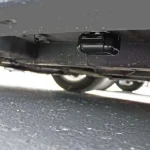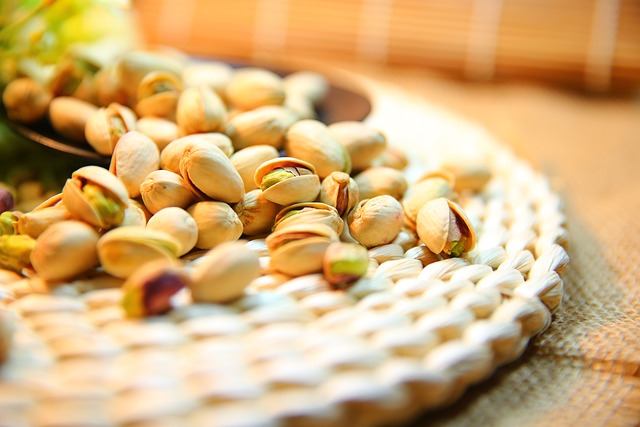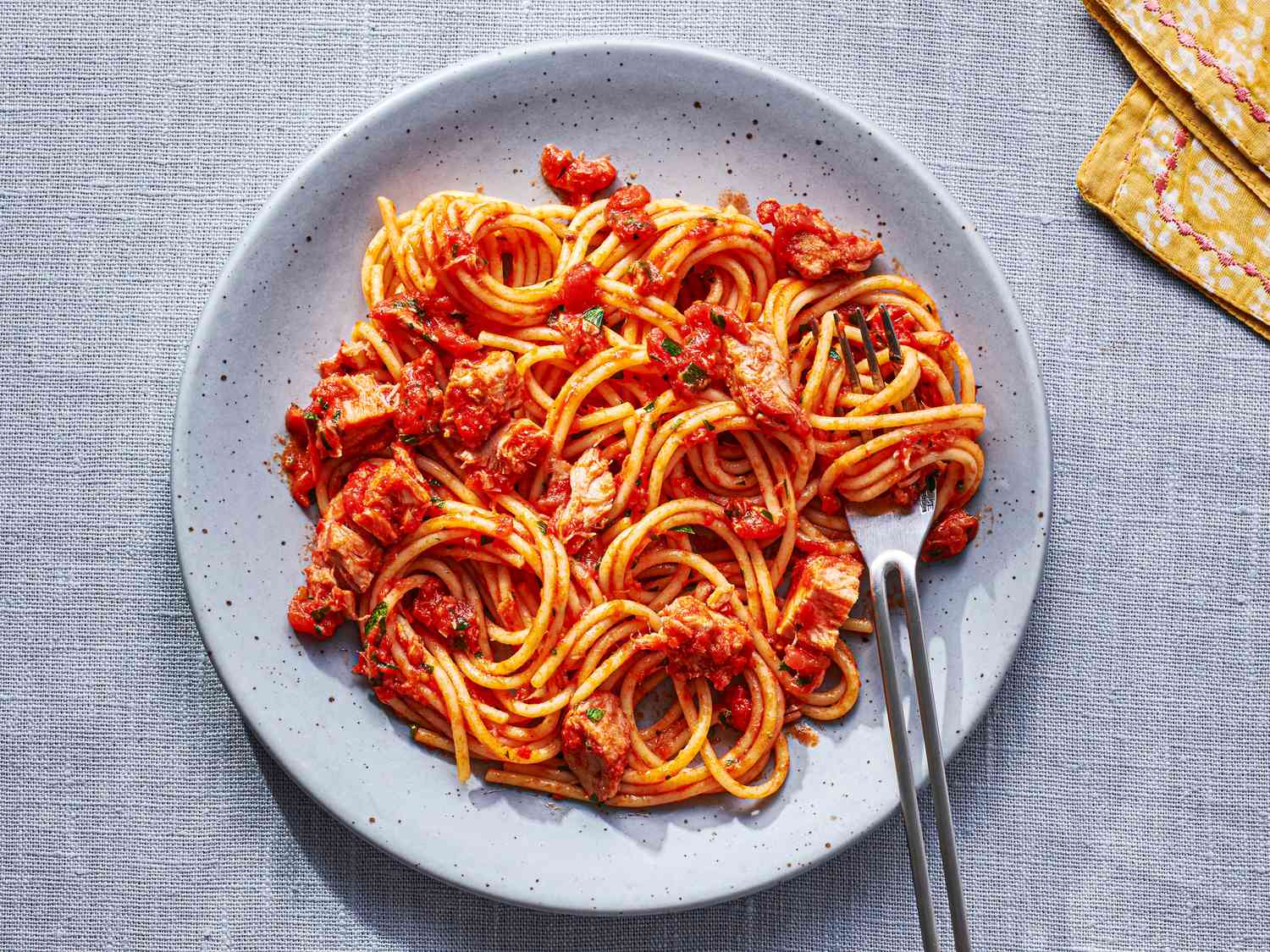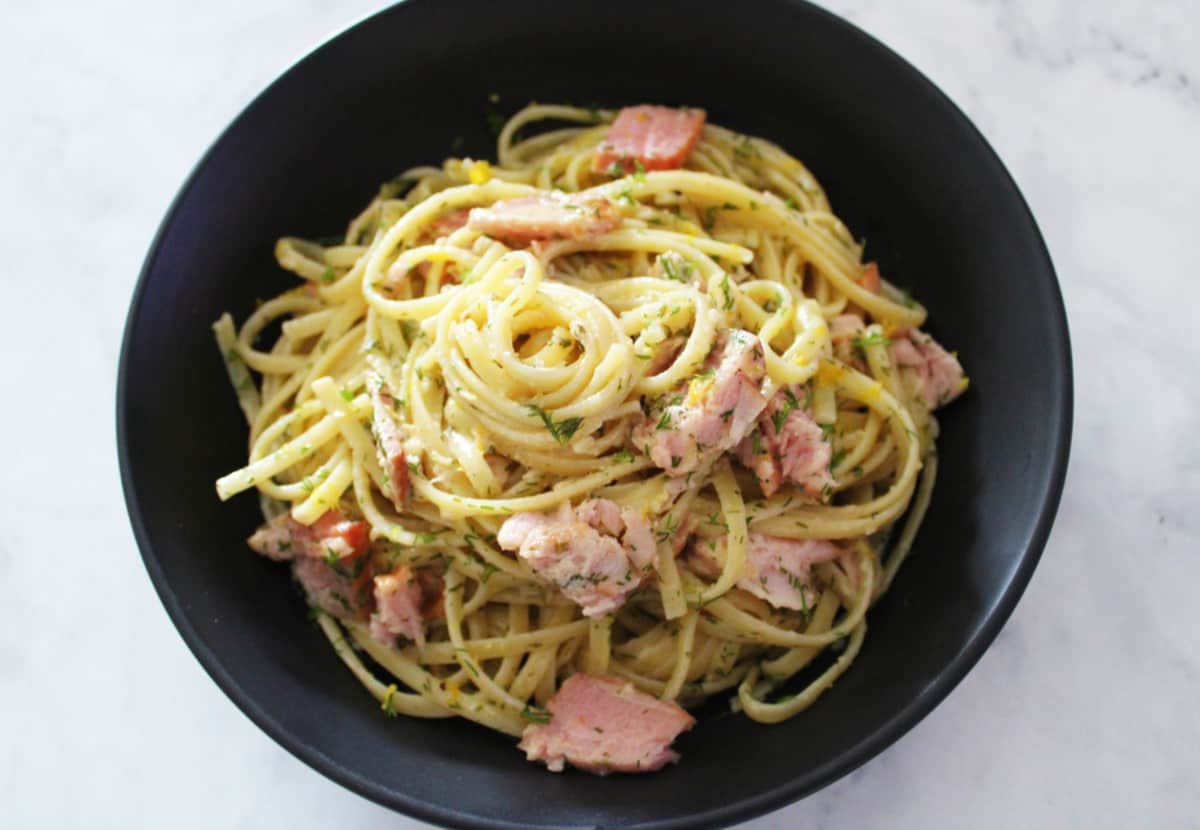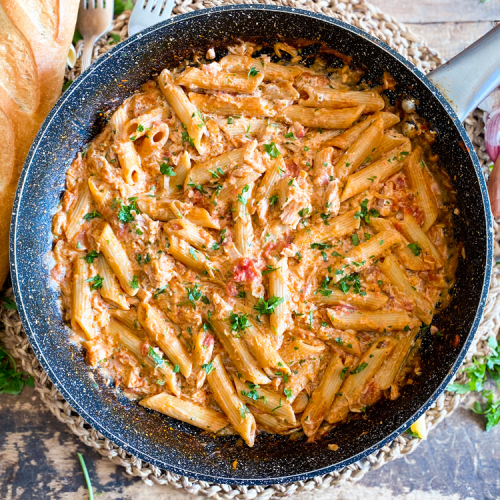No, you should not eat pistachio shells. They are inedible, challenging, and can be a choking hazard. Only the edible nut kernel inside the shell is meant for consumption.
Pistachios are a popular and healthy snack known for their unique flavor and nutritional benefits. However, when it comes to eating pistachios, many people wonder whether they should discard or eat the shell.
Now, can you eat a pistachio shell?
While the shell of a pistachio is hard and not typically consumed, it is possible to eat it. The nut’s shell keeps it safe and can be broken to show the yummy part inside.
However, it is important to note that eating pistachio shells can pose certain risks. Let’s discuss whether eating pistachio shells is safe, the potential benefits, and the precautions to consider.
So, let’s dive in and uncover the truth about eating pistachio shells.
Can You Eat A Pistachio Shell?
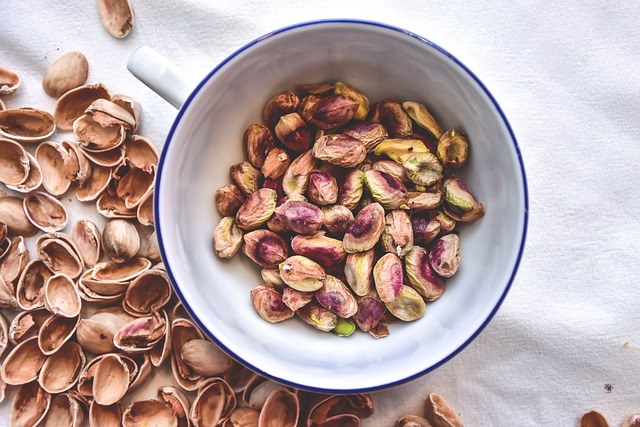
Pistachios are a popular snack known for their delicious taste and health benefits. But, still, a concerning question arises, “Can you eat a pistachio shell?”
No, pistachio shells aren’t suggested to eat. While the shell is not toxic, it is hard and fibrous, making it difficult to digest and potentially causing harm to your digestive system.
The edible part of the pistachio is the kernel inside the shell, which is the delicious and nutritious nut you enjoy. To eat a pistachio, crack open the shell to reveal the green or beige nut inside and discard the shell.
If accidentally ingested in small amounts, the shell will likely pass through your system without causing harm, but it’s best to avoid eating it to prevent any potential discomfort or issues.
What to Consider When Choosing the Pistachio Shell?
When choosing pistachio shells for any purpose, you must consider their suitability and safety. Here’s what to keep in mind:
Cleanliness
Select shells that are clean and free from dirt, debris, or contaminants. Proper cleaning is crucial, especially if you plan to use them for crafts, decoration, or skin care.
Cracks and Damage
Avoid shells with extensive cracks, chips, or damage. These may be less effective for certain uses and could pose safety concerns, especially if used for crafting or decorative purposes.
Size Consistency
If you’re using pistachio shells for projects that require uniformity, such as crafting or decoration, opt for shells of similar sizes to achieve a cohesive look.
Sharp Edges
For uses involving skin contact or crafting, be cautious about sharp edges. Consider sanding or smoothing down any sharp points to prevent accidental injuries.
Odor and Contamination
Ensure there is no unusual odor coming from the shells, which could indicate mold or contamination. Be mindful of any allergic reactions people might have to the pistachio residue.
Sourcing
Know where they came from if using pistachio shells for crafting or decorative purposes. It’s best to use shells from pistachios that were intended for consumption, as these are likely to be free from harmful chemicals.
Texture
Consider the texture of the shells for their intended use. For instance, smoother shells might be preferable for skincare exfoliants, while more textured shells could add visual interest to crafts.
Storage
If you’re not using the shells immediately, keep them in a dry and cool spot to stop mold from growing. Proper storage ensures they remain suitable for your chosen purpose.
Compatibility
Think about how well pistachio shells align with the intended purpose. For instance, their size, texture, and appearance should match the requirements of your project, whether it’s gardening, crafting, or decoration.
Ethical Considerations
If you’re using pistachio shells from consumed nuts, ensure the shells have been thoroughly cleaned and sanitized before repurposing to maintain hygiene standards.
Taking these factors into account will help you select pistachio shells that are safe, suitable, and effective for your chosen alternative use.
What are the Alternative Uses of Pistachio Shell?
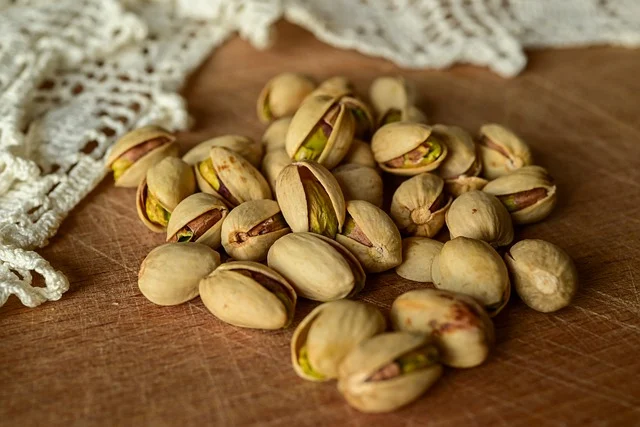
From artistic creations to sustainable fuel sources, the pistachio shell can be repurposed in various ways, making it a valuable resource that goes beyond its initial purpose.
Here are the alternative uses of pistachio shells and the innovative ways they can be utilized.
Crafting:
You can repurpose the Pistachio shells for crafting projects, such as making jewelry, decorative items, and art. Their unique shapes and textures can add an interesting visual element to creative projects.
Gardening:
Crushed pistachio shells can be used as a natural and biodegradable mulch in gardens. They help retain soil moisture, regulate temperature, and reduce weed growth. As they break down, they contribute to soil structure.
Home Decor:
Whole pistachio shells can be used as decorative elements in home decor. You can place them in bowls or vases or use them in DIY projects to add a natural and rustic touch to interior design.
Educational Tools:
Pistachio shells can be employed as teaching aids for educational purposes. They can illustrate concepts related to seed structure, plant anatomy, and environmental studies hands-on.
Exfoliation Products:
Ground pistachio shells can be used in skincare as a natural exfoliant. When finely crushed, they can help gently remove dead skin cells, promoting smoother skin. However, their abrasive nature should be used cautiously.
Composting Material:
Crushed pistachio shells can be added to compost piles. As they decompose, they contribute carbon to the compost, enhancing its nutrient content and aiding in the breakdown of organic matter.
Fire Starters:
Dry pistachio shells can be used as kindling to start fires in fireplaces, wood-burning stoves, or outdoor campfires. Their dry and fibrous nature makes them practical for igniting flames.
Pest Deterrent:
Placing pistachio shells around plants can act as a physical barrier to deter pests. The sharp edges and texture of the shells can discourage insects and small animals from approaching.
Artistic Texture:
Incorporating pistachio shells into art projects can add a unique texture to the artwork. They can be glued onto surfaces, providing a visually interesting and tactile aspect to the art piece.
Natural Drainage Aid:
You can use crushed pistachio shells at the pot’s base to enhance drainage for potted plants. They create air pockets, preventing waterlogging and promoting healthy root growth.
FAQs
What happens if you eat pistachio shells?
Eating pistachio shells can potentially cause discomfort or digestive issues as they are hard and indigestible. It’s recommended to avoid consuming them.
Are pistachio shells edible?
While technically edible, pistachio shells are not typically consumed due to their tough texture and lack of nutritional value. It’s best to remove the shells before consuming the pistachio nuts inside.
Are pistachio shells toxic?
Pistachio shells themselves are not toxic, but they can be a choking hazard and cause discomfort if ingested. Additionally, they may be contaminated with dirt, bacteria, or pesticides from the outer shell.
What’s inside a pistachio shell?
Inside the pistachio shell is the edible nut kernel. This is the part of the pistachio that you should eat.
Conclusion
It’s recommended to eat a pistachio shell due to its hard texture and potential choking hazard. So, when the query arises, “Can you eat a pistachio shell,” it’s clear.
But, when choosing pistachio shells for alternative uses, it is essential to consider their cleanliness and potential contaminants.
The alternative uses of pistachio shells include being used as mulch in gardening, as a natural fire starter, or in arts and crafts projects.
They can also be ground into a fine powder and used as a natural exfoliant in skincare products. As for consumption purposes, it is best to enjoy the delicious and nutritious pistachio nut inside the shell.

